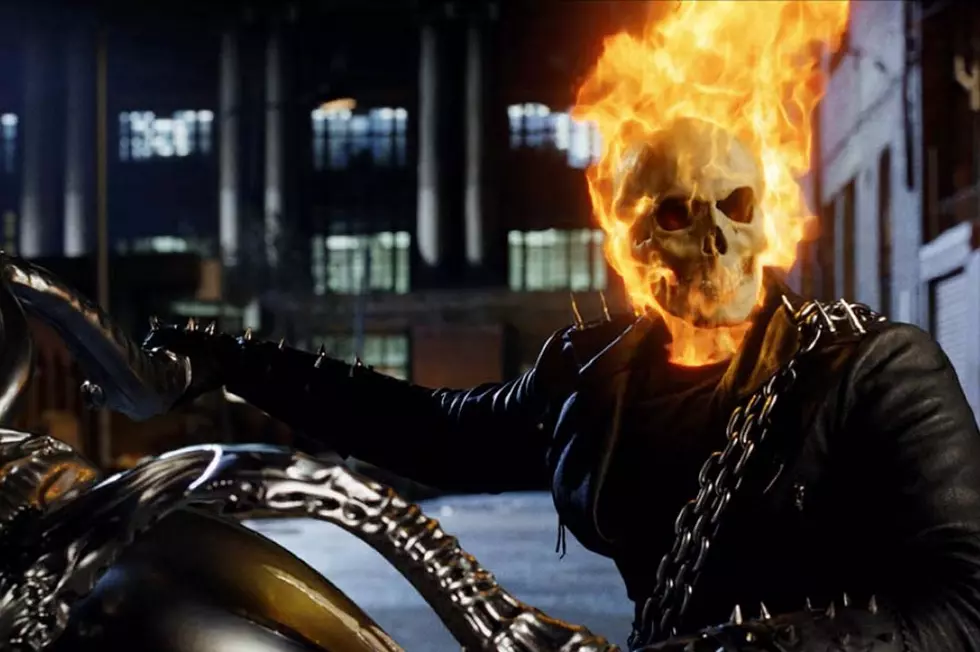
The Strange Comics And Equally Strange Legacy Of ‘The Far Side’ And Gary Larson
When you look back at pop culture, you can occasionally follow the threads back to these points that change everything. They're the projects that paved the way for so much that came after, the ones that introduced their audiences to a strange new way of thinking that eventually becomes the new standard, these massive influences that vast sections of the things we love almost certainly wouldn't exist without. And for my generation, Gary Larson's The Far Side is one of those points.
Through a daily strip that ran for fifteen years in over 1,900 newspapers --- and got dropped from a handful for being too weird in the process --- Larson introduced an entire generation to the surreal, random, and occasionally very dark humor that would become part of the language that we all speak. And today, August 14, as Larson celebrates his birthday, it's a pretty great time to look back on his work.
The Far Side launched in 1980 as a spin-off of Larson's previous strip, Nature's Way, and as you might expect from that title, there was a pretty big focus on animals throughout the run. Larson is, in fact, probably the 20th century artist best known and most beloved for his pictures of cows, a statement that, like the strip itself, is both truly bizarre and yet speaks to an essential truth.
But while the cows took the spotlight in famous strips like a family photo at the Grand Canyon, the most interesting wrinkles in the history of the strip had to do with other animals.
The first, and probably most famous, involved a minor controversy concerning a strip where a suspicious chimpanzee referred to famous primatologist Jane Goodall as a "tramp":
The staff at the Jane Goodall Institute took offense and sent a letter to Larson and his syndicate describing the cartoon as an "atrocity," but Goodall herself enjoyed the strip and would even write a preface for a Far Side collection. Larson would later donate all the profits from a t-shirt with the strip on it to the Goodall institute and, as though to balance the cosmic scales, would be attacked by a chimpanzee named Frodo while visiting Goodall's research facility in Tanzania.
The second strange incident involved much less chimpanzee-related violence, but still makes for a pretty fantastic story.
After publishing the strip above, the term "Thagomizer" was adopted as an informal but generally accepted term for the spiky protrusions on the tail of a stegosaurus --- despite the scientific inaccuracy of alleging that it was responsible for the deaths of any cavemen.
It's also worth noting that Larson also had a newly discovered species of chewing louse named after him in 1989, Strigiphilus garylarsoni. As Larson wrote in The Prehistory of the Far Side, an amazing book that collected "bonus features" like commentary on individual strips and angry letters sent in by fans from long before anyone else was doing it; "I knew no one was going to write and ask to name a new species of swan after me. You have to grab these opportunities when they come along."
Taken together, those three events make for a pretty weird legacy, but for a comic like The Far Side, anything that was a little more normal wouldn't feel right. In fifteen years of cartooning, Gary Larson made our world a little stranger, and inspired a whole generation of creators to keep on doing the same.
More From ComicsAlliance









